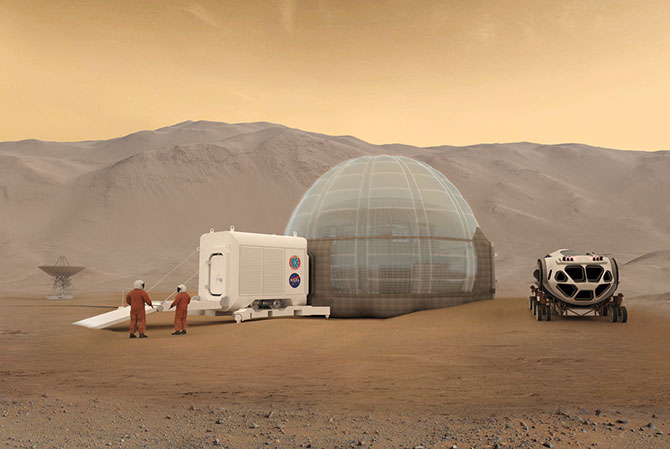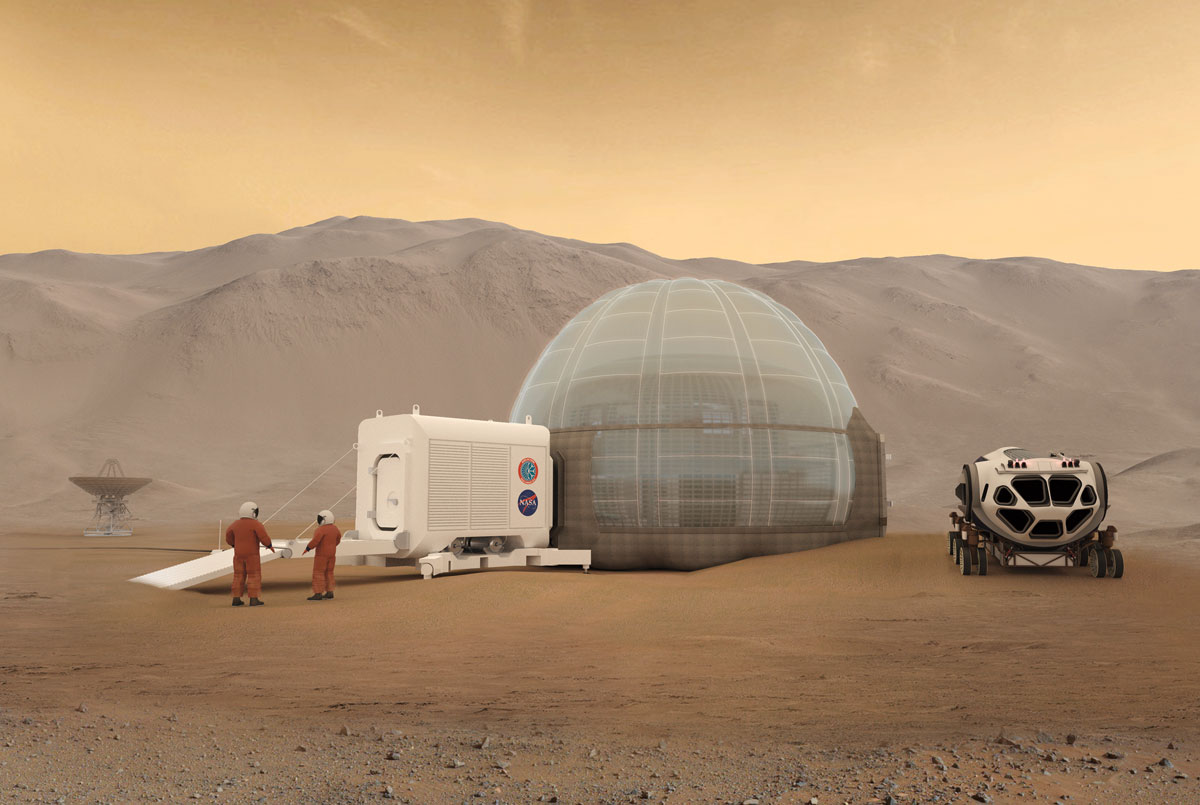A human mission to Mars once seemed the stuff of science fiction. But thanks to major scientific advancements, reaching—and surviving on—the Red Planet could become a reality in our lifetime. NASA, the U.S. space agency, is already developing the technology to make such a trip possible.
In addition, several private companies, such as SpaceX, are working on spacecraft and other tech with a goal of putting people on Mars in the next decade or two.
But while most experts agree that we’ll one day be able to send humans to Mars, not all of them think we should.
Supporters of sending humans to Mars say learning more about it could help us understand our own planet. And while scientists are already studying Mars with rovers and other remote devices, nothing beats direct human experience when it comes to analyzing new information.
Other people, however, point out that making the long journey through space could threaten the astronauts’ health. So could spending time on Mars, which lacks water and breathable air. Other places in our solar system might be easier to explore, such as one of Saturn’s moons.
Should we try to send humans to Mars? Two scientists weigh in.





